
How To Transplant Plants Easily and Without Damaging Them
Published: 30/12/2022 | Updated: 08/05/2023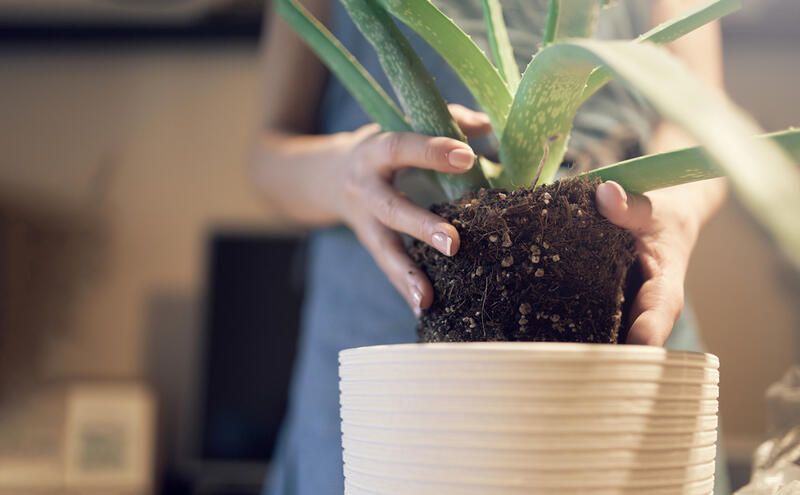
Transplanting garden plants is one of the most common gardening tasks, but it can also be one of the most stressful for both the plants and the gardener.


If you don't know what you're doing, transplanting can easily damage your plants—and even kill them.
Thankfully, with a few simple steps, you can transplant potted plants without killing them or causing any lasting harm to their roots.
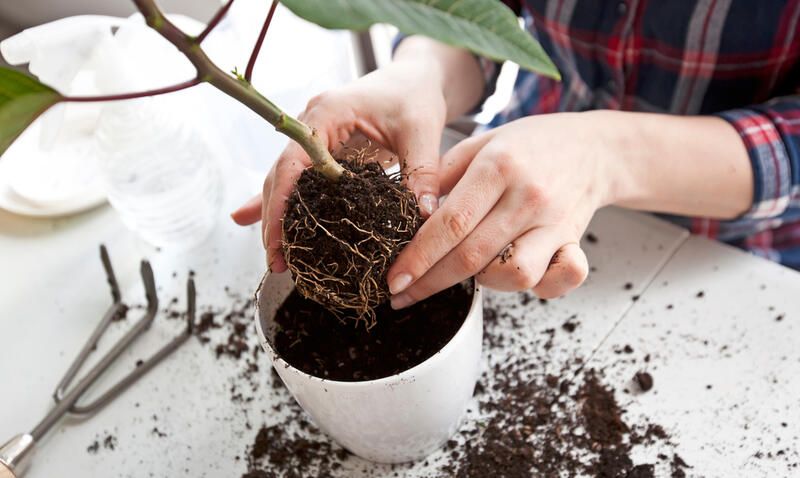
When is it okay to transplant your potted plants?
Generally, transplanting should be your way to go if you need to give your plant more space. It's easy to underestimate how much room a plant needs, and it's better for that plant's well-being if you give it plenty of room right away rather than trying to squeeze it into an undersized pot.
If a plant starts with too little space (or none at all) in its first pot, it may end up rootbound as time goes on. Rootbound plants have trouble absorbing nutrients and will eventually die if not relocated immediately.
The following are some other situations where transplanting might be appropriate:
-
When the soil type has changed and doesn't match what was originally recommended for your particular species.
-
When location changes make certain kinds of light available.
-
When there's been a change in temperature or humidity levels that could affect cultivation methods substantially enough that only moving will allow optimal growth conditions.
-
And finally (but arguably most important), when new seedlings are ready for planting.
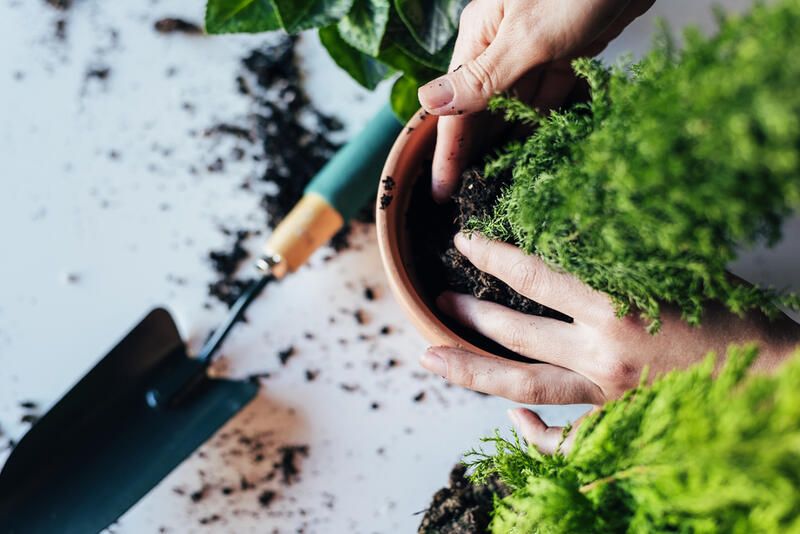
To transplant plants effectively follow this short guide:
1. Water well before transplanting.
If you're moving your plant from one container to another, you need to water it well. This step will help soften the soil and make it easier for you to remove the plant from its old container.
If possible, water your plant the night before transplanting; this will give it extra time to absorb moisture through its roots before being moved.
If you can't do that, be sure that when you do water your plants ahead of time (or at all) that the soil is thoroughly saturated so there aren't any air pockets underneath where roots could become damaged during transplanting.
You should also keep in mind that watering after transplanting can damage roots and cause them to rot, especially on tender plants like tomatoes and peppers.
2. Don't use a much larger pot for transplanting.
When transplanting plants, you should use a pot that is large enough to accommodate the plant's roots. However, you don't want to use a much bigger pot because that might shock your plants.
You also don't want to use too small of a pot because then there won't be enough room for the whole root system.
If your plant is in a small pot and has been growing for years and years, transplanting it into something bigger will cause some root shock. If this happens, your plant might lose some leaves or even die after being transplanted.
3. Use a fresh soil mixture for your new pot.
A good rule of thumb is to use a new soil mixture when transplanting. You want to give your plant the best chance of surviving and thriving in its new environment.
If you use the same soil that you had in your old pot, it could have become depleted of its nutrients or contaminated with bacteria.
The good news is that you can easily make a new soil mixture by combining equal parts of compost and perlite—this will provide your plant with some extra nutrients and help improve drainage and maintain soil moisture.
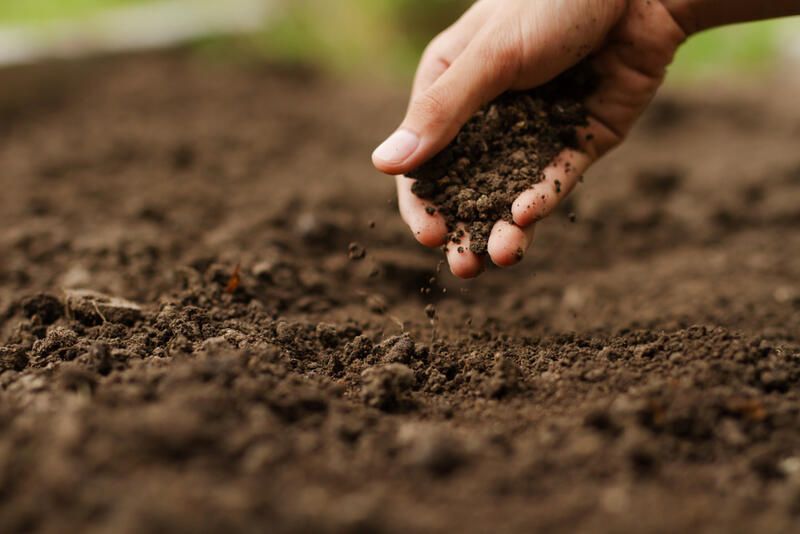
4. Gently tease out the roots.
When transplanting, make sure to gently tease out the roots. Use a sharp knife to cut away the outer layers of the root ball and then use your hand trowel to loosen up any remaining roots. If you’re transplanting into a pot, use your trowel to dig out a planting hole for each plant about twice as wide as it is deep and fill it with potting soil before placing your plants in their new home.
If you’re planting directly into the ground, dig holes that are about twice as deep as they are wide at first then refill them once all of your plants have been placed inside them. This will give them room to grow later on down the line!
Once you’ve removed all of these pesky roots, there will still be one-third left over from where those healthy plant roots had originally been connected with rhizomes (underground stems). To remove this remaining third without damaging either yourself or other nearby plants (depending on if they're living things), simply use your knife again!
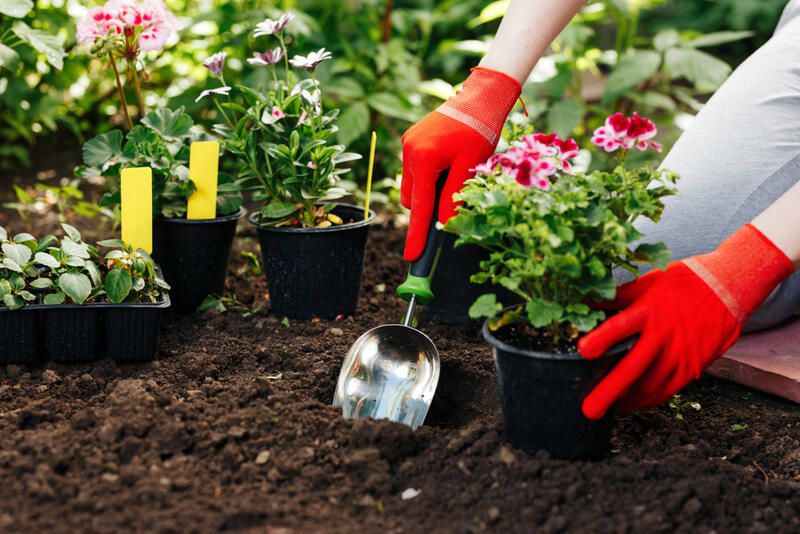
5. Prune off one-third of the root ball.
When you're transplanting, prune off one-third of the root ball. This will ensure that your plant's root systems don't get damaged.
You should also make sure that your pot is bigger than the root ball; otherwise, you'll end up with a very crowded and compacted root system, which can lead to stunted growth over time.
The key here is to make sure that the soil around the roots is loose (not root bound) enough for them to spread out easily once they start growing again.
6. Loosen the roots around the outside of the root ball.
Now, you're ready to begin transplanting plants. Remove the plant from its pot, and use a trowel or other small tool to separate soil from the main root.
Trim back damaged or broken roots with a sharp knife or your spade.
Then, work your way around each section of root until you've trimmed away one-third of it; then slice through this remaining portion as well, creating an opening in which you can insert your hand.
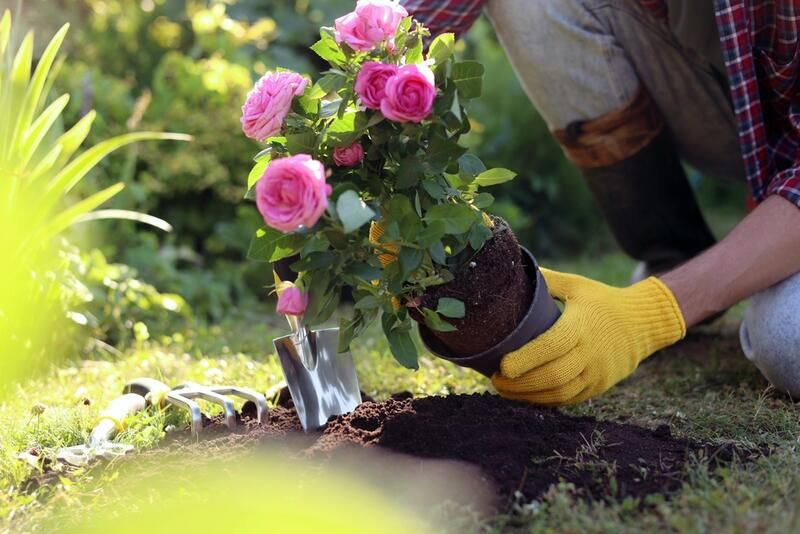
7. Cut away the remaining fibrous roots.
Once all sides have been cut open, gently pull apart any remaining fibrous roots that are holding onto pieces of soil to separate them from their home for good!
Once your plant's fibrous roots are removed, it's time to prune away any remaining damaged roots.
Remove any branches that are damaged or dying, as well as any thick, stringy roots. You should also cut away all branching stems and dead woody growth at this point.
8. Make sure that the pot you're using can drain easily.
If you're transplanting a houseplant into a container with drainage holes (and you should be), make sure those holes are large enough for water to flow freely through them without getting trapped inside the pot.
You should also make sure that you eliminate air pockets and use a fresh soil mix.

9. Transplant your plant and water it thoroughly.
Once your plant has been transplanted and watered thoroughly, give it time to adjust before watering again—up to two days in some cases.
Monitor your new plants closely over the next few weeks; if they're not getting enough water or sunlight (or both), their leaves will begin turning brown and dropping off within about three weeks of being transplanted
10. Place your plant in a sunny location.
Most plants need at least six hours of direct sunlight each day, that is especially true if you just replanted them.
If you have a shady yard, you can place your new plant in a sunny window or on a south-facing deck to give it the proper exposure. However, try to avoid direct sunlight for at least three days to help your plant transition gradually.

How to transplant plants without causing transplant shock?
Transplant shock is a common problem. To reduce transplant shock and make your plants more likely to survive, follow these steps:
-
Soil should be moist, but not wet. If you add too much water to the soil before repotting, it will be harder for the plant's roots to grow through their new environment.
-
Use a pot with drainage holes in its bottom so that excess water can escape when it rains or if you water your plant too much.
-
Make sure that there are at least 2 inches of soil in the pot before transplanting; this will provide enough space for healthy root growth without putting too much weight on fragile stems and leaves above ground level.
-
If you're transplanting perennial plants, make sure to use compost and other organic matter to help the plant adapt faster to its new environment.
-
When transplanting outdoor plants, try as much as possible to replicate the environment that the plant needs in its new spot.
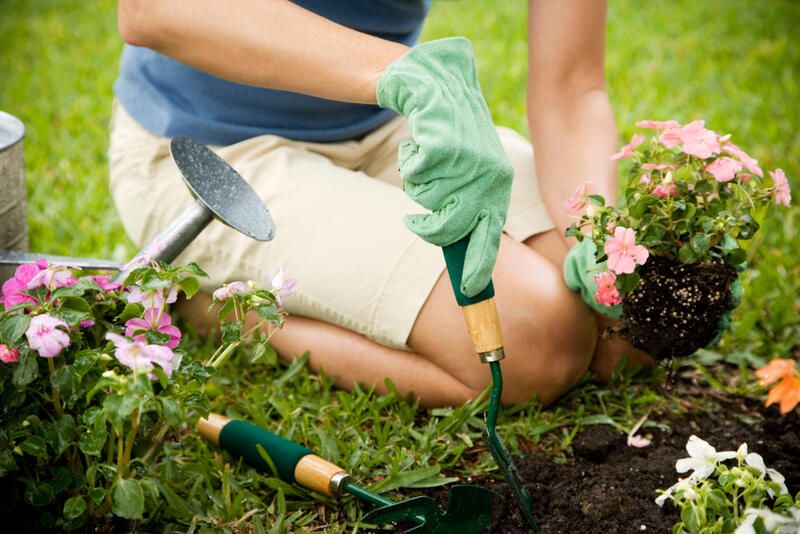
Finally,
The key thing to remember when you are transplanting a plant is that you need to trim away most of its roots before the growing season begins.
Don't be afraid to do this, but make sure the root ball isn't so small that it won't hold enough water or nutrients for your whole plant to survive.
Take some time before repotting several plants so they are healthy and happy!
And don't forget to check out ShrubHub's landscaping services during the holidays for up to 70% discounts on your next yard design!


